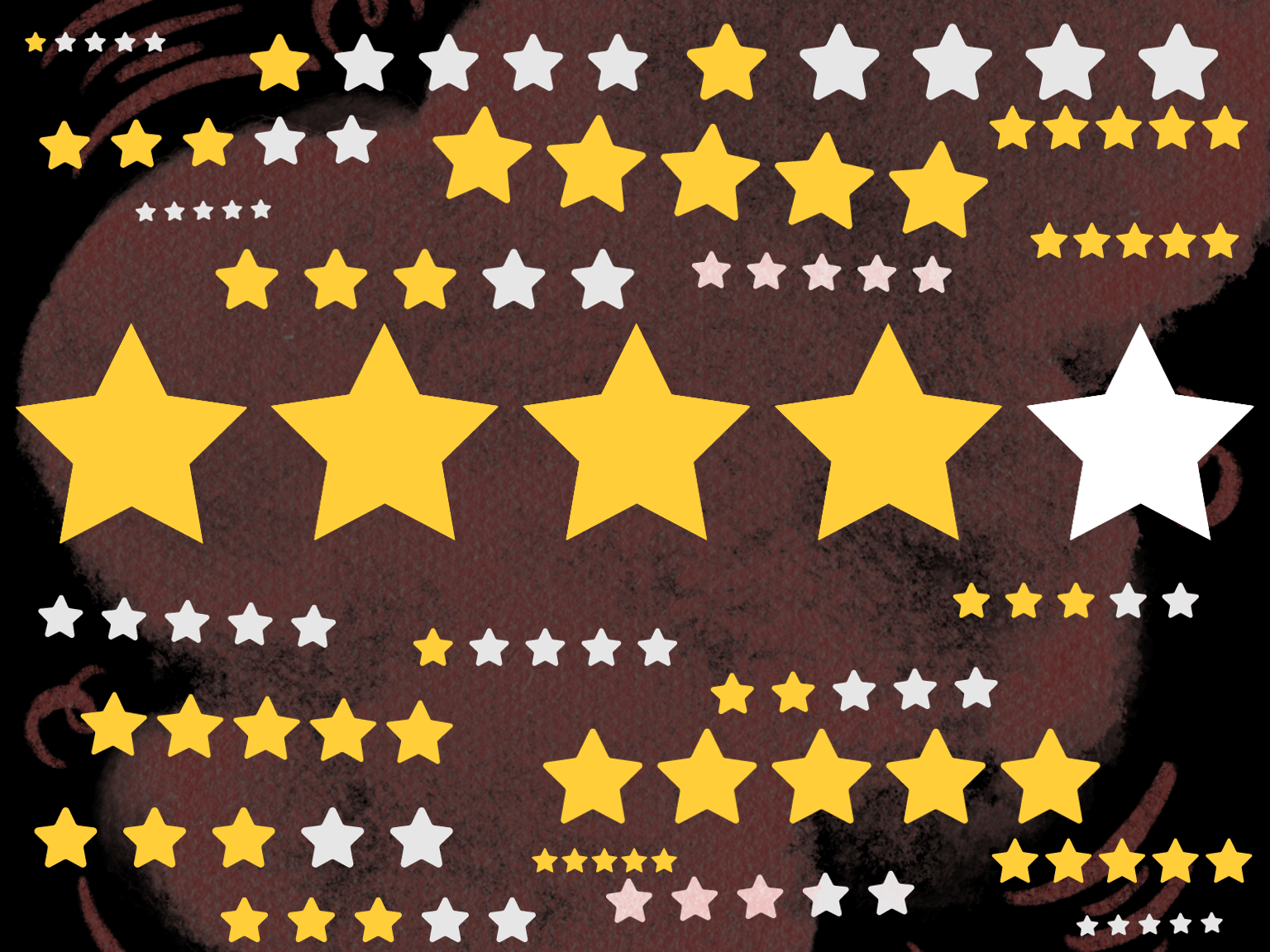One of the first things I do when I am looking for a new restaurant or making a purchase is to check out the reviews. How are others rating this experience or product that I am interested in? However, it can get tricky to read between the lines of these ratings and decipher whether or not this information is actually useful, heavily dramatized, or even real.
From a business perspective, these ratings are extremely influential. They can either deter or guide people from making a purchase. There also tend to be discrepancies with ratings depending on which site you use. Yelp, according to the California Business Journal, allegedly hides bad reviews and controls what people see on a small business’ page in exchange for a fee. Similarly, CTV also shares that a Vancouver business is being blackmailed by a reviewer who has been leaving negative reviews about the business.
While there is a dark side to ratings and reviews, they can also be extremely helpful at times. As an online shopper, I am notorious for comparing and contrasting the ratings and reviews, and diving into what information they could secretly offer.
Let’s take a look at five-star ratings. I love it when I see five-star ratings because it means that someone really enjoyed a product or service, right? Usually, yes; however, I have experienced a restaurant trying to bribe me with a free drink in exchange for a five-star review. I of course took the offer (I’m only human after all), but it goes to show that five-star ratings might not be all they seem to be.
Four-star ratings tend to be a little more honest. We see customers discussing how much they enjoyed an experience or product, but offer a small tidbit of information that could make or break the purchase or outing.
That being said, three-star ratings are my absolute favourite; these offer even more honesty in greater depth. Three-star ratings might just be one of the pinnacles that contribute to the greater good of society. They are the most objective and thoughtful reviews out there.
Two-star and one-star ratings seem to go hand in hand. Maybe the reviewer had a really terrible experience or bought an awful product. More often than not, though, two-star and one-star reviewers seem to have had high expectations to begin with, and these ratings say more about the individual than the establishment. Those who give two-star ratings tend to be a little softer in their reviews, while one-star reviewers are a force to be reckoned with. Additionally, these reviewers can be extremely harsh towards small and new businesses, often comparing them excruciatingly to their big-box competitors. Please, think before you rate.
And then we’ve got to discuss the number and ratios of ratings. One hundred reviews but only 2.5-stars? Questionable, but worth exploring more. One hundred reviews and four-stars? Probably a safe bet, but also worth looking into. It is absolutely astounding that we have all of this information at our fingertips; while most of it really isn’t necessary, some of it sure is helpful.
Whether or not you view ratings and reviews in a similar way, I strongly believe that it is important to be your own judge. At the end of the day, ratings and reviews are simply subjective. They are exclusive to one person’s experience, influenced by their expectations and past experiences. Take things with a grain of salt and be open to exploring new things. Who knows, maybe that four-star establishment gives you food poisoning or maybe you find your new favourite sweater at that 2.5-star boutique. Life is like a box of chocolates, is it not?


